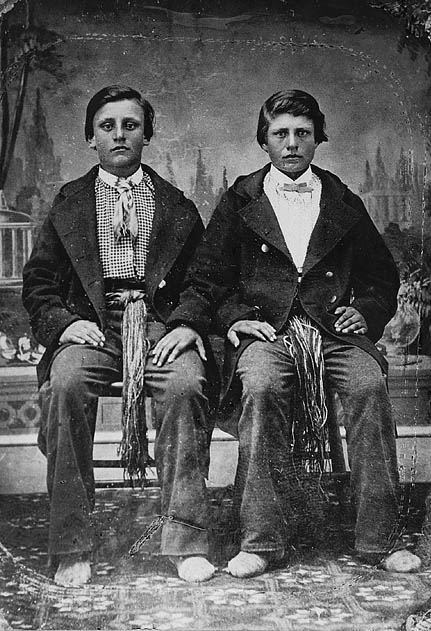This article was originally published in Maclean's Magazine on September 27, 1999
Hurricane Floyd
Hurricanes are a personal thing for Joanne O'Connell. Her house, barely 200 m from an estuary on the coast of North Carolina, bears the scars of past storms. On the garage wall, about a metre above the floor, is a line marking the height the waters reached the last time a hurricane pushed them in three years ago. "Fran Line - 9/5/96" reads the inscription beside it. Last week, she had another line to add, just 10 cm below that one, showing the level of the waters raised by Hurricane Floyd. "It's what we do here," she said. "Get out, come back, clean up."
More than two million Americans along about 1,500 km of the Atlantic coast, from the tip of Florida almost to Virginia, did just that in what officials called the largest peacetime evacuation in U.S. history. Forecasters had predicted that Floyd would be a powerful Category 4 storm, capable of devastating the coast with winds of up to 250 km/h. Most played it safe by fleeing inland in a mass exodus that predictably snarled highways and taxed tempers. Airports shut down and Disney World in Orlando, Fla., closed for the first time ever. As it turned out, Floyd's bark was much worse than its bite. After hitting the Bahamas, it veered north rather than slamming directly into Florida. And when it came ashore at 3 a.m. last Thursday, near the aptly named Cape Fear River just 30 km southwest of O'Connell's home, it had been downgraded to a Category 2 hurricane with winds reaching 177 km/h.
That was enough to topple trees, destroy beach houses and down power lines, leaving hundreds of thousands of people without electricity. Worse, Floyd dumped the water it picked up in its trek across the Atlantic all along the Eastern Seaboard before winding down into a typical late summer storm in New Brunswick and Nova Scotia. It poured as much as 48 cm onto places like the historic port city of Wilmington, N.C., where it came ashore. North Carolina suffered its worst flooding ever, as surging water cut scores of roads and inundated thousands of homes. Regionally, as many as 18 deaths were blamed on Floyd - including that of a man who drowned when he tried to drive across a flooded road.
Even before Floyd swept up the coast, it had been a bad year for big winds. An average year sees 10 tropical storms in the Atlantic, including five hurricanes. Just halfway through this hurricane season, which runs from August to mid-October, there have been seven tropical storms - five of them hurricanes. Experts point to several factors. The ocean has been unusually warm, about 31 to 32° C, with the warm layer extending deep into the water. And La Niña, the expanse of cold water in the eastern Pacific, has played a big role. It has shifted the west-to-east jet stream over North America to the north. As a result, those cold winds have not been streaming eastward across the Pacific, and therefore not doing their usual job of breaking up groups of tornadoes in the eastern Atlantic before they can form into hurricanes.
Finally, says David Phillips, senior climatologist with Environment Canada, hurricanes seem to occur in cycles. The early 1990s saw relatively few big storms. But now, adds Phillips, "we are in the beginning of an active period."
That is no comfort to people along the Atlantic coast, especially those in areas like the southeastern corner of North Carolina, which hurricanes find a particularly tempting target. Folks there rhyme off the names of big storms with the easy familiarity of Montrealers recalling record snowfalls. Ben Fussell, 53, was out just after dawn last Thursday checking the night's damage to his home in Wilmington. A 30-m pecan tree had been blown over and was gently leaning on the roof of his bungalow. But Fussell was unfazed. "In '84, we had Diana, in '96 we had Bertha, then there was Fran and Bonnie and a couple of weeks ago it was Dennis," he said. "I reckon we're getting pretty good at it by now."
Maclean's September 27, 1999

 Share on Facebook
Share on Facebook Share on X
Share on X Share by Email
Share by Email Share on Google Classroom
Share on Google Classroom


